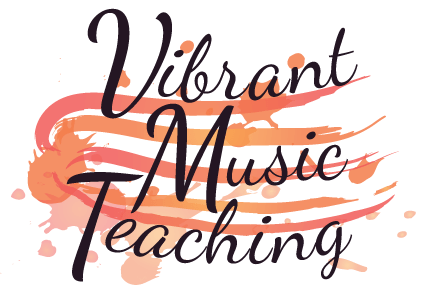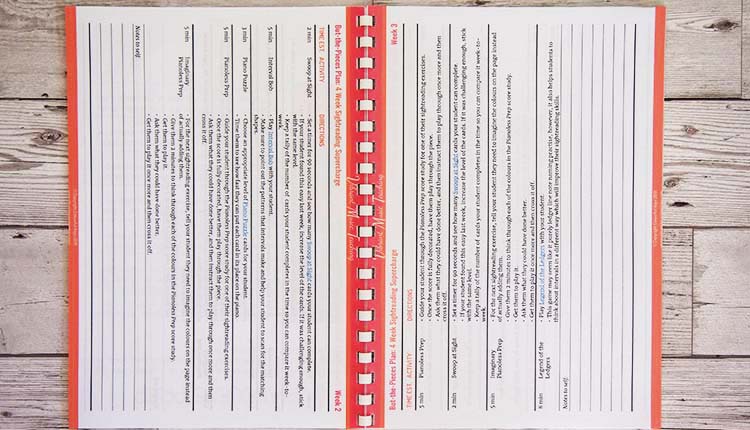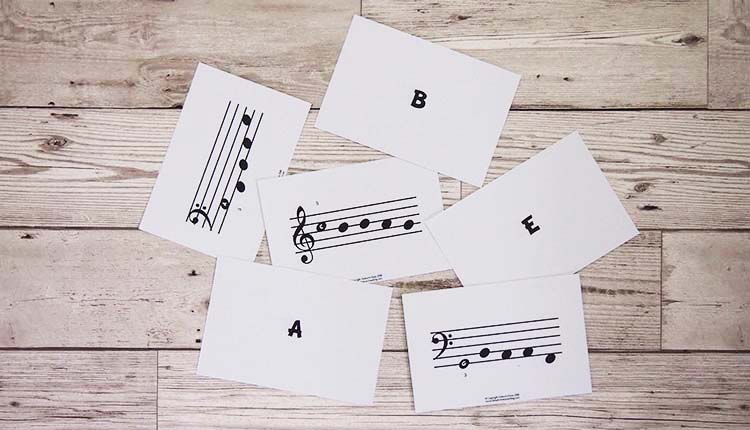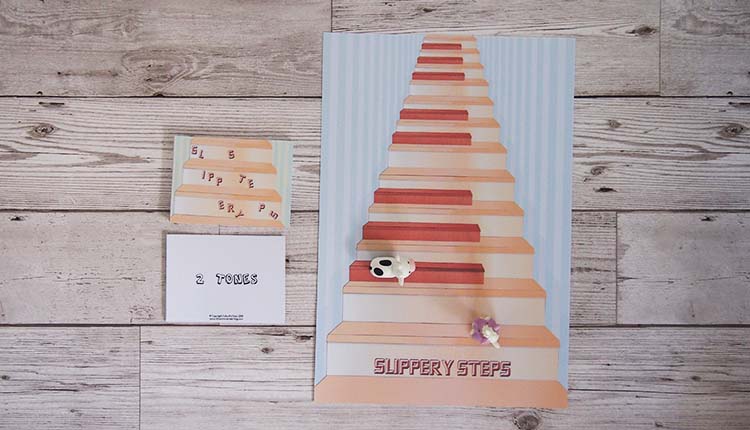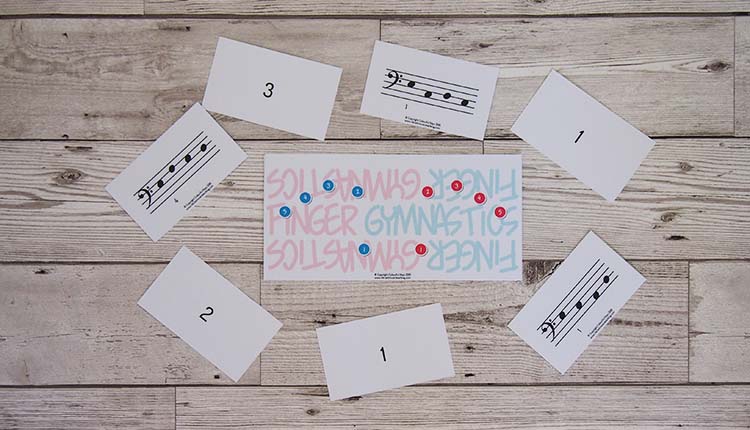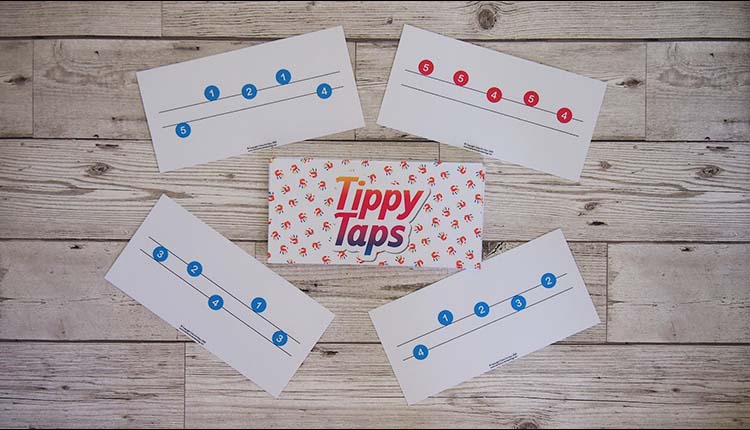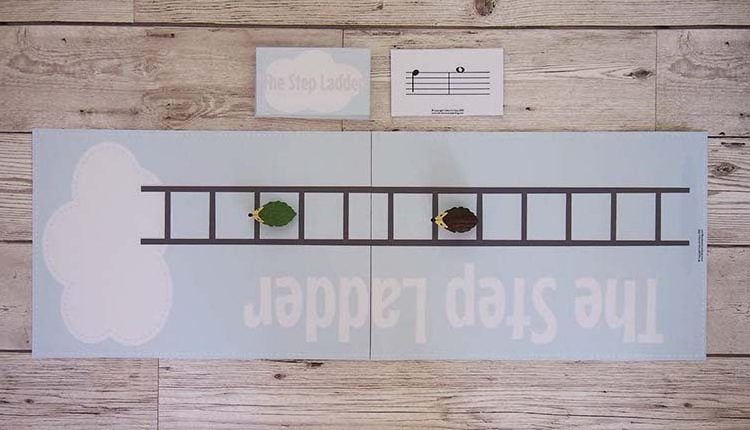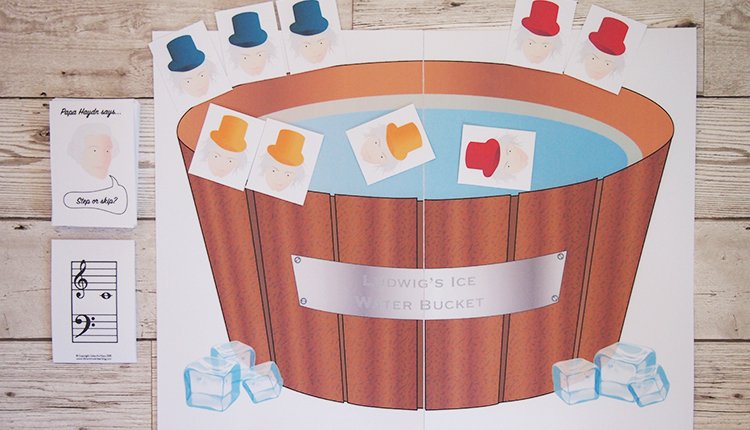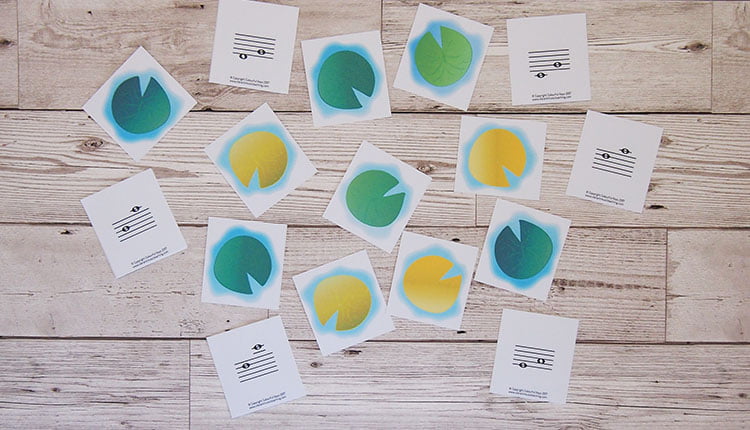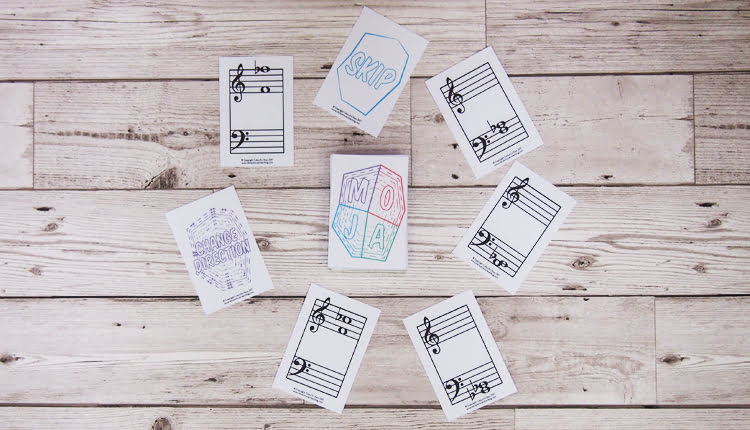4 Wk But-the-Pieces Plan: Sightreading Supercharge
This ‘But-the-Pieces’ lesson plan is a 4 week intensive upgrade for your students’ sightreading skills. Over the 4 weeks they will work on interval recognition, reaction speed at the piano and thoughtful preparation for sightreading exercises. The Sightreading Supercharge plan is designed for students at the late beginner level and up. As well as the … Read more
